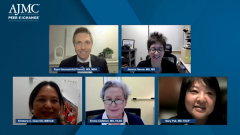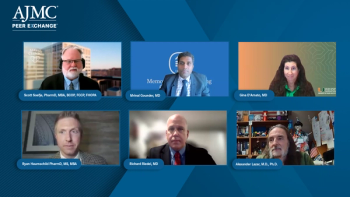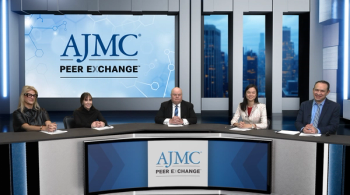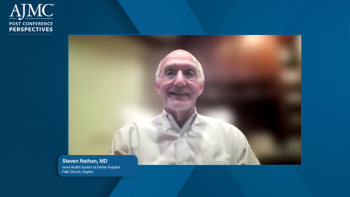
Key Factors in Gene Vector Selection
Jessica Nance, MD, MS, discusses maximizing gene therapy efficiency by selecting vectors for gene size, tissue targeting, and low exposure, and focusing on precise promoters for expression.
Episodes in this series

This is a video synopsis/summary of a Peer Exchange involving Ryan Haumschild, PharmD, MS, MBA; Jessica Nance, MD, MS; Kimberly C. Chen, DO, MSHLM; Emma Ciafaloni, MD, FAAN; and Mary Pak, MD, FACP.
Nance offers a comprehensive insight into the significance of vectors in gene therapy delivery. Highlighting 3 key components—vector selection, tissue targeting, and promoter design—she emphasizes the importance of efficient gene transfer and minimal immune response. Vectors must accommodate the gene size, target specific tissues, and evade preexisting immunity. Utilizing viruses as vectors capitalizes on their inherent cellular entry mechanisms while minimizing immune recognition. Nance’s explanation underscores the meticulous engineering behind vectors to ensure precise gene expression in desired tissues, enhancing therapeutic efficacy. Haumschild acknowledges the importance of vector specificity in optimizing therapeutic value while minimizing immune responses, highlighting the delicate balance between scientific innovation and clinical application in gene therapy.
Video synopsis is AI-generated and reviewed by AJMC® editorial staff.
Newsletter
Stay ahead of policy, cost, and value—subscribe to AJMC for expert insights at the intersection of clinical care and health economics.







































